1. Your Tears Could One Day Save Your Life
Tears are more than just salty water. They contain glucose, enzymes, and other chemicals found in the bloodstream. This has led scientists to discover that tears can reveal disease markers, such as those for cancer and Parkinson’s disease. In fact, non-invasive screening methods using tears are being developed to detect breast cancer. Studies in mice have even shown that tears can indicate environmental pollution and drug abuse.

Compared to blood tests, collecting tears is simpler and less invasive. Tears are always present in small amounts in the eyes, making them an easy and convenient way to monitor health. NASA is even researching how tears could help monitor astronauts’ health during long space missions.
2. Florence, Oregon Once Banned the Act of “
sex”

In 1977, the city council of Florence, Oregon, accidentally passed a law that made all “
sex” behavior illegal within the city limits. This was no joke! Originally, the law aimed to prohibit indecent behavior in public places. However, the wording of the law was so vague that it prohibited all “
sex” behavior in public or private spaces visible to others.
A few days later, the mistake was discovered, and officials assured residents that the law would not be enforced until the language was amended. Despite the controversy, no one was arrested for violating the law.
3. Texas May Have Accidentally Banned Marriage

While Oregon quickly corrected its mistake, a similar error in the 2005 Texas constitutional amendment went unnoticed for nearly five years. The amendment was intended to ban same-sex marriage, but the wording also prohibited “any legal status identical or similar to marriage.” This technically banned all marriages in the state.
Barbara Ann Radnofsky, a candidate for Texas Attorney General, pointed out the issue and argued that the language was clear, and courts should not consider the lawmakers’ intent. Although she warned that the error could cause serious legal problems, it didn’t have any practical consequences until the same-sex marriage ban was overturned in 2015.
4. Throwing Shoes Is an Ancient Tradition
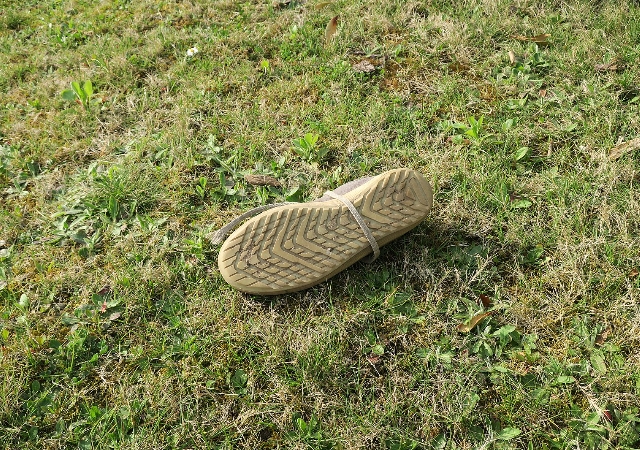
The act of throwing shoes dates back further than you might think, even appearing in the Bible. In Psalm 60:8, God says, “Moab is my washpot; over Edom will I cast out my shoe.” Some translations use the word “throw” instead of “cast,” suggesting a strong gesture of disdain towards the ancient kingdom of Edom.
Though the exact meaning of God throwing His shoe is unclear, most interpretations suggest it was an act of insult, similar to modern understandings of throwing shoes. One theory is that throwing a shoe symbolized claiming ownership, while another suggests it reflected a master throwing a dirty shoe to a servant to clean it.
5. Japan Experiences a Rare Rodent Explosion Linked to Bamboo

Japan is famous for its traditional culture and architecture, but it also has a unique phenomenon tied to bamboo. The dwarf bamboo plant, Sasa borealis, experiences a mass blooming and seed production every 120 years. When this happens, the population of field mice skyrockets.
Though long considered a myth, researchers from Nagoya University confirmed this occurrence in 2022. The bamboo seeds provide ideal conditions for field mice, and their numbers grow exponentially after the bamboo dies. However, this explosion in the mouse population leads to significant damage in both farmland and forests, including the destruction of plants and the death of trees.
6. Some of the Craziest Things Were Sold for Just $1

Today, a dollar might only buy you a piece of candy or a hot dog, but in history, some iconic items were sold for just one dollar. For example, the bottling rights for Coca-Cola were once sold for $1. In the 1920s, the patent for insulin was sold to the University of Toronto for the same price.
One of the strangest stories is that of Ruth Wakefield, who invented the chocolate chip cookie. She sold the recipe to Nestlé for $1 and a lifetime supply of chocolate. Perhaps the most shocking story is about James Cameron. Before becoming a Hollywood megastar, he was a struggling filmmaker. To get The Terminator made, he sold the film’s rights for $1, with the condition that he would direct it. Eventually, a studio agreed, and The Terminator became a hit, launching Cameron’s career.
7. England Has Thousands of “Ghost Ponds” Waiting to Be Resurrected
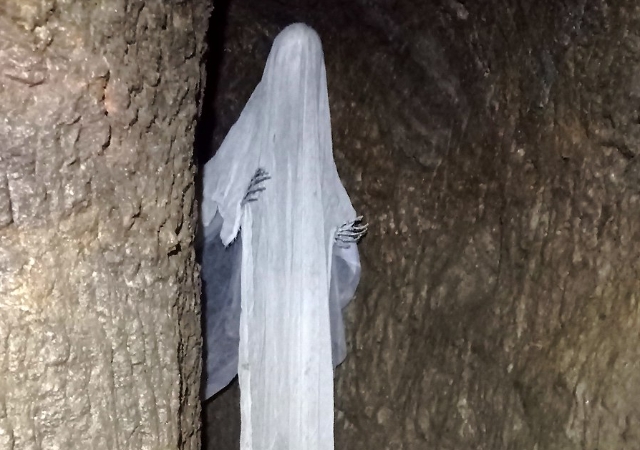
“Ghost ponds” might sound spooky, but they’re not supernatural. These are ancient ponds buried beneath farmland, where the water has long disappeared, yet the original plant life remains dormant underground.
Researchers at University College London estimate that there are around 600,000 forgotten ponds across England. In 2017, they revived three of these ghost ponds and successfully restored eight aquatic plant species, some of which had been dormant for up to 150 years. Even more astonishingly, they revived one ghost pond completely, discovering rare plants that were thought to be extinct, essentially “resurrecting” them.
8. The Smithsonian Has a 16th Century Robotic Monk
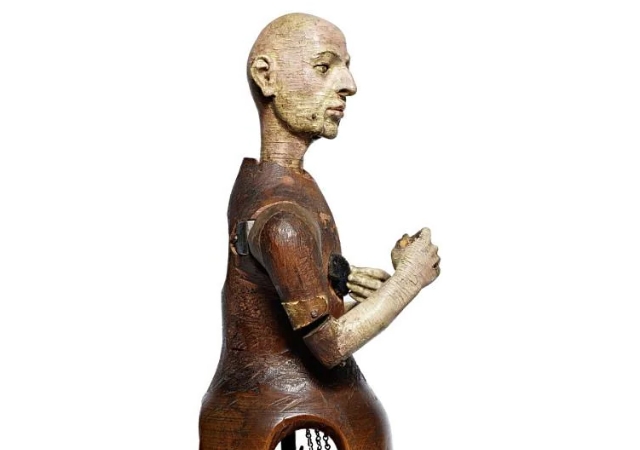
One of the Smithsonian’s oddest artifacts is a 16th-century Spanish robotic monk. This 15-inch tall wooden figure contains gears that allow it to walk, move its arms in prayer, and open and close its mouth as if chanting.
The story behind the robot is equally fascinating. In 1562, Spain’s heir, Don Carlos, was near death after a fall. King Philip II, unable to find medical help, turned to prayer. A miracle occurred, and Don Carlos recovered, saving Spain from a potential succession crisis. To show his gratitude, King Philip commissioned the creation of this mechanical monk, symbolizing his faith and thankfulness for the miracle.
9. Counting Nose Hairs of Dead Bodies
The Ig Nobel Prizes continue to honor the most bizarre and humorous research, and the 2023 Medicine Prize was no exception. A team of international scientists researched a curious question: Do the number of nose hairs in your left and right nostrils match?
Nose hairs are crucial for blocking large particles from entering the nasal passages. To answer this strange question, the researchers plucked and counted the nose hairs of 20 deceased bodies. They found that the numbers were nearly identical: an average of 112 hairs in the right nostril and 120 in the left. The majority of nose hairs were located near the front, supporting their role as the first line of defense.
10. We Studied Whale Earwax
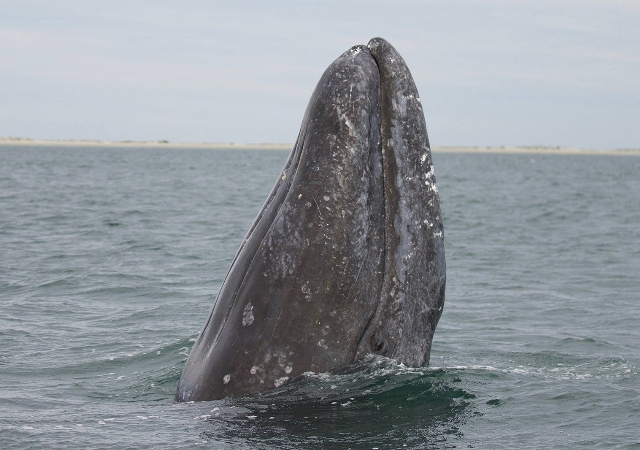
Not only did humans experience the horrors of World War II, but whales did as well. Researchers at Baylor University in Texas studied the earwax records of whales from the Pacific and Atlantic Oceans, some of which dated back to 1870. They discovered that the stress hormone cortisol is trapped in whale earwax, providing a historical record of the animals’ stress levels.
During World War II, cortisol levels in whales spiked significantly, reflecting the global conflict. Similarly, during the whaling frenzy of the 1920s, ’30s, and ’60s, whales exhibited elevated stress levels. After commercial whaling nearly ceased in the 1970s, cortisol levels dropped. However, recent data suggests that stress levels are rising again, possibly due to increasing ocean temperatures.
11. A Secret WWII Treasure Map Is Uncovered, but Search Is Forbidden
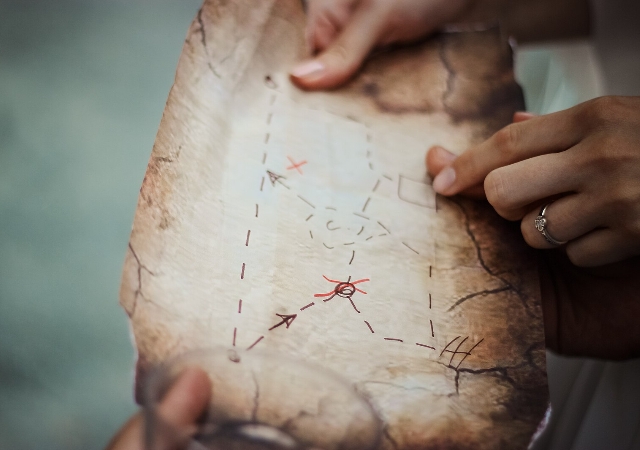
In 1944, during the German invasion of Arnhem, four soldiers stole millions of dollars’ worth of jewels, coins, and precious gems from a bank. They buried the treasure in Ommeren, Netherlands, and one soldier drew a map marking the location. The map was later stored in the Dutch National Archives.
In 2023, the map was made public, prompting treasure hunters to flock to Ommeren, eager to find the buried fortune. However, the treasure is supposedly buried beneath a tree that no longer exists, and the exact location remains a mystery. As metal detector enthusiasts descended on the area, Ommeren had to ban treasure hunting to prevent disruption and the risk of triggering WWII-era unexploded bombs.
12. People Are Smuggling Dead Relatives Into Iraq

Many families have been secretly smuggling deceased loved ones into Wadi Al-Salam, the world’s largest cemetery in Iraq. It’s a sacred place for Shiite Muslims, and burial there ensures peace in the afterlife.
However, due to the high cost and the toll of war, most families cannot afford to bury their loved ones there. Some graves now cost over $4000, an amount most cannot pay. As a result, families hire smugglers who use the same secret routes as drug and weapon traffickers. For a fraction of the official price, they transport the bodies to the cemetery.
Despite government efforts to stop this illegal activity, smuggling continues. For many families, it remains the only way to ensure that their loved ones are buried in this sacred place, and they are willing to take the risk to uphold this important tradition.


















